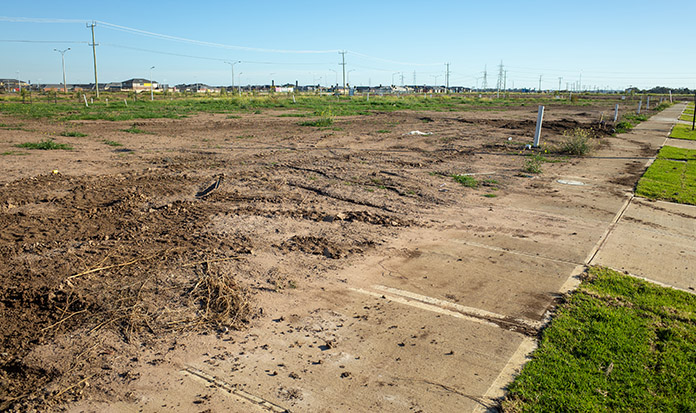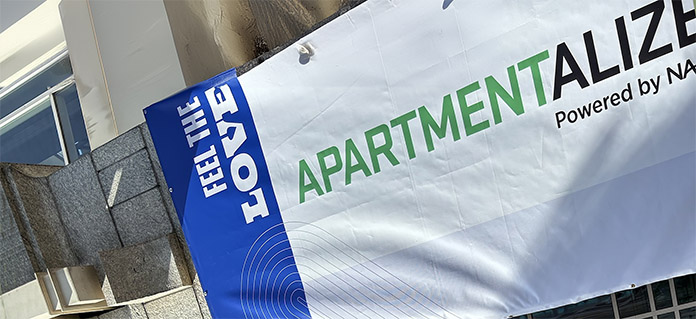The top-floor condominium at Dawson and Morgan streets in Raleigh seems to have it all: Brazilian cherry floors, granite counters, a balcony with a skyline view.
It also has three bedrooms, and that could be why it lacks something the developer might consider to be its most important feature: Someone who will buy it for $760,000.
Only six of the 66 condos at the two-year-old Dawson on Morgan have yet to sell. Four of those are of the three-bedroom, 3,000-square- foot variety.
“The market is telling us right now that we don’t need a third bedroom and a den. We want a smaller space,” said Ann-Cabell Baum Andersen, the Glenwood Agency broker who represents Dawson’s developer.
To developers and landlords, three-bedroom apartments, either for sale or rent, are like the barnacles of the Triangle multifamily market, often lingering empty longer than their one- and two bedroom counterparts.
It’s particularly evident in downtown Raleigh, where developers are still figuring out the depth of the young residential market. They’re finding that buyers of one- and two-bedroom units are choosing between several downtown condominium projects. But those who look at three-bedroom condos, often empty-nesters or families with children who want proximity to the city, are choosing between a condo or a single-family home.
So Gregg Sandreuter, who developed Dawson and other developers are adapting. Sandreuter will split what could have been a three-bedroom unit in the Dawson into three one-bedroom units. He’s also planning a 170-unit high-rise a few blocks away. There won’t be a single three bedroom.
Developer John Bruckel, who is building the 117-unit Bloomsbury Estates split several three-bedroom condos into one- and two-bedroom units.
And last month, Trammell Crow Residential submitted plans for 207 condominiums adjacent to the Dawson. The proposed project could be downtown’s biggest and calls only for studios, one-bedroom and two- bedroom units.
“There’s a real market downtown for smaller units, but also smaller prices,” said Tom Barker, senior managing director at TCR.
The rental side is experiencing a similar trend. Landlords have slowly recovered from high vacancy rates that followed the tech bust. But they’ve struggled to fill three-bedroom units. The culprit: low interest rates.
“The people wanting a three-bedroom, typically families, have been able to borrow the money to buy a house,” said David Ravin, a SVP for Crosland, which has developed apartments throughout the Triangle.
The Triangle’s apartment vacancy rate was 9.4 percent at the end of March, per Triangle Apartment Association data. The vacancy rate of three bedrooms, however, was 10.6 percent. In the three years ending in March, average rents for three-bedrooms dropped, while rents for smaller apartments rose.
Demand for all kinds of units will grow as more people flock to the Triangle. Raleigh’s central planning district is expected to grow 50 percent, or 30,100 residents by 2020.
That’s why Sandreuter isn’t planning a fire sale of his remaining Dawson units. “The market may not be here today,” he said, “but it will be down the road.”
Author: Jack Hagel writes for the News Observer.















